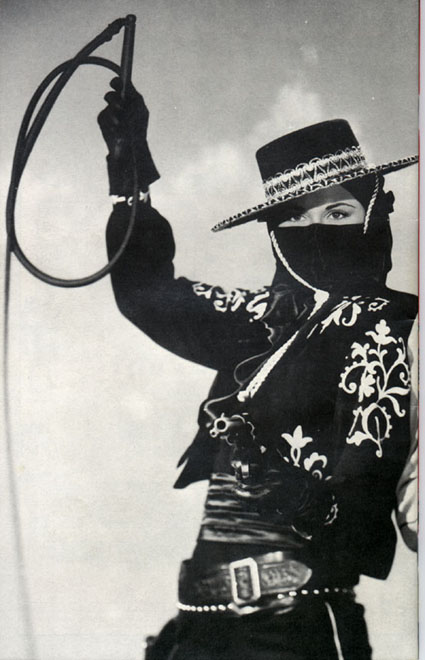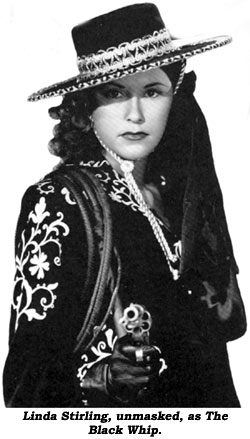The Unbearable Whiteness of Viewing Tween-Teen Film
By Sikivu Hutchinson
BlackFemLens.org
On Friday nights, after the clamor of the school day dies down and the kid-driven euphoria of the weekend mounts, a simple trip to the video store in search of a children’s DVD can resemble a cultural minefield. While feature length DVD's of Barbie, imperiled princesses, anthropomorphized ponies with flowing hair and big blue eyes, and Europeanized Japanese characters abound, cartoon or dramatic depictions that center on girl of color protagonists are, not surprisingly, absent from the shelves.* The lack is a reminder of how little progress has been made in the tween/teen film industry, despite the widespread mantra that youth multiculturalism in advertising and programming is “hot” and a colorblind standard is the norm.
To be a girl of color and a media consumer is to be positioned as perpetual voyeur. Media savvy, deluged with the latest fashion and glamour news on pop singers and fifteen minutes of fame movie stars, girls of color negotiate a morass of cultural products that supposedly promote “affirming” themes for tween/teen girlhood. In this era of tween/teen consumer sophistication, the narrative of the empowered heroine predominates. One of the more shopworn examples of this empowerment narrative is represented by the scrappy white heroine, alà the protagonist of the summer movie musical hit Hairspray, set in 1960s Baltimore. The scrappy white heroine is a time honored tradition in literature, mainstream movie melodrama and teen flicks. She is generally an outsider of sorts; either in appearance, class station or both. She fearlessly treads where the more self-absorbed won’t deign to venture, breaking curfew, defying the strict Christian mores of her straight-laced family and/or most daringly, consorting with the denizens of black communities. For this heroine racial otherness is an adventure, a resort vacation into heretofore unexplored vistas of self-discovery. As always in these kinds of scenarios blackness holds special appeal for the white outsider because of its transgressive potential. Black music, black dance styles, black lingo—are all ripe territories for vigorous Euro mining and imitation. The exploration of these hackneyed themes via the travails of a white female protagonist struggling with her own “outsider” status in the thin, blond-worshipping, relatively privileged world of middle class Baltimore has its precursor in literature like Norman Mailer’s infamous 1950s “White Negro” shtick and the global appropriation of hip hop by white consumers.
In Hairspray, the white female protagonist’s spiritual journey officially takes off when she is sent to detention and discovers that it is merely a showcase for “funky” black dance shenanigans. The blacks, of course, are just waiting to corrupt an impressionable young white thing like her. Much of the film’s visual spark lies in its near obsessive focus on Tracy’s bright-eyed bushy tailed exuberance over her dalliances with forbidden fruit.
What are young black female viewers to make of these portrayals? While my elementary school-aged nieces loved the singing, dancing and pageantry of the film, they are old enough (with some prompting), to grasp the relevance of all the black students in the film being confined to detention. Disciplinary action at any age is a harsh and ever present reality for black children, one that satirical movie portrayals of frolicking black youth can’t obliterate. Since images of unruly black children abound in American culture, featuring a group of black teens dancing in a classroom with no teacher in evidence is just another slice of comic relief for most mainstream audiences.
When presented with evidence of their irrelevance, children of color make the painful adjustment to misidentification. Socialized with white beauty norms, consuming and misidentifying with whiteness becomes an intimate part of the young female viewer’s experience of visual “pleasure.” Countervailing images of black, Latino and Asian femininity are available in literature (and to a much lesser extent in alternative film by artists of color) but are insidiously measured against the gold standard of white femininity. In fact, a recent revisitation of the 1954 Kenneth and Mamie Clark “doll test” by a young filmmaker named Kiri Davis found that black children still identified white or lighter skinned dolls as being “nice,” while darker-skinned dolls were still rejected as being “bad.” Davis’ widely acclaimed documentary on black female teen self-identity, “A Girl Like Me,” is a welcome antidote to depictions of black female hyper sexuality, and a reminder that more black women need to be behind the camera to truly turn the tide of disfigured black images.
The dominant culture’s equation of female agency with unbridled sexuality and exhibitionism is especially damaging for young black women. While white women like Hairspray’s fictitious heroine have always had the luxury to flout patriarchal categories of “good girl” “bad girl” without fear of relinquishing their claim to white privilege, black women and other women of color are already marked as amoral, sexual and hence outside of “normative” femininity. Early exposure to these kinds of narratives sets a dangerous precedent for tween/teen girls of color, who are readily deployed in white TV programs and films as streetwise/commonsensical sidekicks for imperiled white girls and/or the “sassy” antidote to white girl “blandness.”
If efforts like Davis’ are to be more than just a drop in the bucket there must be a nationwide push to train middle and high school aged black women to do similar documentary and narrative film work around image construction. Programs such as L.A.’s Inner City Filmmakers and New York-based Women Make Movies help connect youth with production, development and distributional resources to critically engage the media regime with their films. Without these initiatives, and more, the multi-billion dollar tween/teen film industry will continue to thrive on our complicity in the distortion of black female subjectivity.
*With the possible exception of such popular staples as Dora the Explorer and the Cheetah Girls.
Sikivu Hutchinson
BlackFemLens.org
Hairspray: A Celebration Of Difference
By Prairie Miller
WBAI Radio
While the notion of a totally unique You is a reigning concept now, back in the mid-20th century, straying from strict standards of conformity was more likely the kiss of death. Adam Shankman's screen to stage and back to screen again Hairspray enlightens younger generations just how long and hard, and even dangerous that road was to the casual sense of personal individuality enjoyed today, ever since that 60s crowning glory rebel crowd let their freak flags fly. Plus, Hairspray is one of the wildest, kinkiest and flat out fun musical screen experiences in recent memory.
The playfully raunchy and affectionately offbeat extremes of the 1988 original, somewhat lewd John Waters indie love poem for his native Baltimore, may have its more out there edginess contained to comply with Hollywood mainstream parameters of acceptability. But the latest Hairspray incarnation teasingly tests those limits anyway. And Waters, as if to make that point about unstoppable stylized personal rebellion even as movie makeover, sets his telltale characteristic provocative tone from the outset as he turns up in a daringly rude cameo wearing a trenchcoat and not much else, as the neighborhood flasher.
Nikki Blonsky smoothly inhabits the Ricki Lake role of the bubbly, plus size teen reject Tracy Turnblad, without missing a musical beat. Tracy's having a retro kind of bad hair day at school, as she's sent off to detention for 'inappropriate air height.' But the unhappy high schooler has more pressing matters on her mind than academic excellence. She has her heart set on showing off her nifty dance moves on Baltimore's Corny Collins Show, a sendup of American Bandstand, but she can't make that particular grade because she's deemed too tubby for television by scheming wannabe stage mom, Velma Von Tussle (Michelle Pfeiffer).
Tracy finds surprising acceptance, despite tipping the scales, among the even more outcast black student body. Following pressure from community matriarch Motormouth Maybelle (Queen Latifah), they're granted one Negro Day a month to dance in a segregated space on the show. Tracy and ditzy lollipop licking pal Penny Pingleton (Amanda Bynes) join up with the black students, including dazzling dancer Seaweed (Elijah Kelley), in a show of unity celebrating difference, whether of size or color. And when they're all summarily banned from the program, they strategize that if you can't dance, well you can still march, while defiantly grabbing the biggest TV spot of all - the Six O'clock News.
Hairspray is a rousing and seamless blend of exhilarating song, spicy lyrics, and seriously heart tugging interludes touching on emotional yearnings and insecurities, for teens and adult alike. There's a never a dull moment full blown zaniness at work at all times. Though Travolta as Tracy's bosomy mom Edna in perky fat suit, with flab-infatuated spouse Wilbur (Christopher Walken) never far behind, pretty much steals the show from everybody else as he impressively shakes his bountiful booty across the dance floor in a take-no-prisoners finale. Irrefutable evidence that Travolta's still got plenty of that Saturday Night Fever strut to spare, three huge decades later.
Prairie Miller
AGORA: Dragged from her chariot by a mob of fanatical vigilante Christian monks, the revered astronomer was stripped naked, skinned to her bones with sharp oyster shells, stoned and burned alive as possibly the first executed witch in history. A kind of purge that was apparently big business back then.
.jpg)
CRITICAL WOMEN HEADLINES
10/20/07
Subscribe to:
Post Comments (Atom)




















No comments:
Post a Comment